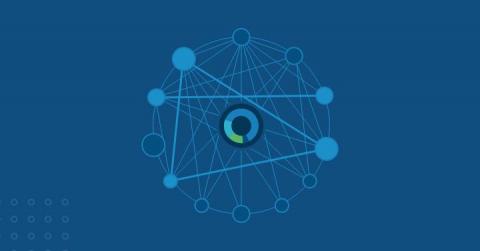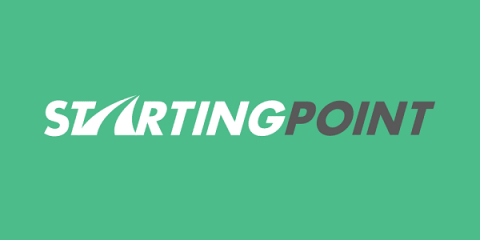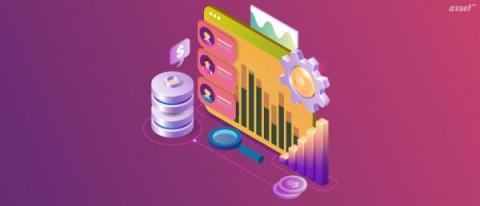Operations | Monitoring | ITSM | DevOps | Cloud
Latest News
5 Steps to Creating an ITIL Maintenance Plan
It was Einstein who once said “the secret to creativity is knowing how to hide your sources.” The world of IT isn’t exactly known for being a creator’s paradise but navigating obstacles within problem management or incident management may take creative solutions. Regardless, it helps to borrow ideas, or in this case systems. One such popular system in IT service management is ITIL.
CMDB Benefits for Service Delivery Across Your Organization
A configuration management database or CMDB can be a game changer in terms of service delivery. Done well, a CMDB benefits incident resolution, speeds up request fulfillment and makes change assessment safer. Implementing a CMDB is a significant task and it’s something that many IT departments struggle with. It’s very easy to make things complicated or difficult to maintain.
Swarm Support Model
From a customer’s standpoint, it is always agonizing to wait for the resolution of a complaint about the product or service we have bought from a company. None of us would want to hear, “We have escalated your concern to our seniors; your patience is highly appreciated.” Let us switch to the other side of the table. Most organizations rely on a tiered approach to resolve an issue from a support perspective.
Challenges Faced While Implementing Predictive Maintenance
Implementing predictive maintenance is not an easy task. To execute it professionally, organizations need to go from several predictive maintenance challenges. What are those challenges? What are the advantages of predictive maintenance or how it will be beneficial for your organization? What is predictive maintenance anyway? You will find answers to all these questions in this blog. So, let us begin!
How To Become A Small Business Consultant (3 Essential Tools)
If you want to become a successful small business consultant, you need to leverage a range of tools and applications. Small business consultants are in high demand, and if you want to hit the ground running in this field, you need to have the right tools and applications at your disposal. In this article, we will explore three essential tools every small business consultant should use. These tools will help you manage your clients more effectively and streamline your operations.
SolarWinds Aims to Set New Standard in Software Development With Next-Generation Build System
Business Leaders Need to Evolve to the Everywhere Workplace. Or Fail.
The pandemic catalyzed a monumental shift in where and how people work. Amid all the uncertainty of emerging variants, returning to the old normal seems improbable. The success of the remote workforce experiment and the influx of newer generations with different work priorities also contribute to the unlikelihood of returning to offices full time. The decision of where to work is shifting from the employer to the employee.
Why Is Customized Asset Management Software Essential for Small Businesses?
Small businesses do not have many resources, that is why they must utilize assets to full efficiency. However, since the budget is a big issue that is why lots of small businesses use manual processes for asset management. When organizations utilize asset management software then it must be customized asset management software. It can provide several benefits to the organization specifically because of this customized asset management software designed as per your requirement.
Metrics for Problem and Incident Report Managers
Many IT professionals are familiar with the popular metrics and measures of IT operational success. Such metrics as Customer Satisfaction, Average Handle Time and First Contact Resolution are typically memorized by service desk managers and stored for quick reference during planning and other types of meetings. But how do we measure the effectiveness of the processes that support those teams?











